How to visit Strawberry Hill House outside London
If you want to find something to do close to London, Strawberry Hill House is the perfect location for an afternoon.

Plan your visit
Strawberry Hill House is a beautiful gothic revival castle, located along the Thames in Twickenham outside London. It is easily accessible from central London, and it is fully possible to get here and back in an afternoon. it has a beautiful park and a small café where you can have something to eat before you head back to London.
History
In 1747, Horace Walpole acquired ‘Chopp’d Straw Hall,’ one of the last available sites along the Thames in Twickenham. He transformed these cottages into what he envisioned as a “little Gothic castle,” complete with pinnacles, battlements, and a round tower, creating Strawberry Hill House.
During Walpole’s ownership, Strawberry Hill House became a renowned tourist attraction, welcoming up to four visitors per day for guided tours conducted by his housekeeper, with strict rules in place (children were not allowed). Walpole also relished hosting foreign ambassadors, royalty, and local aristocracy, including his neighbors.
The house gained further recognition when Walpole authored an initial guidebook in 1774, later updated the same year as he acquired more furnishings and artworks. In 1784, he produced the first illustrated house guide at his Strawberry Hill Press.
After Walpole’s passing in 1800, the house passed through different hands, with Anne Seymour Damer, Elizabeth Waldegrave, John Waldegrave, and eventually George, the Seventh Earl of Waldegrave, taking ownership. George’s decision to neglect the property nearly led to its ruin, resulting in the ‘Great Sale’ of 1842, where much of Walpole’s collection was auctioned off.
However, after over 170 years, Strawberry Hill House has been meticulously restored to its original state, preserving its rich history and significance.

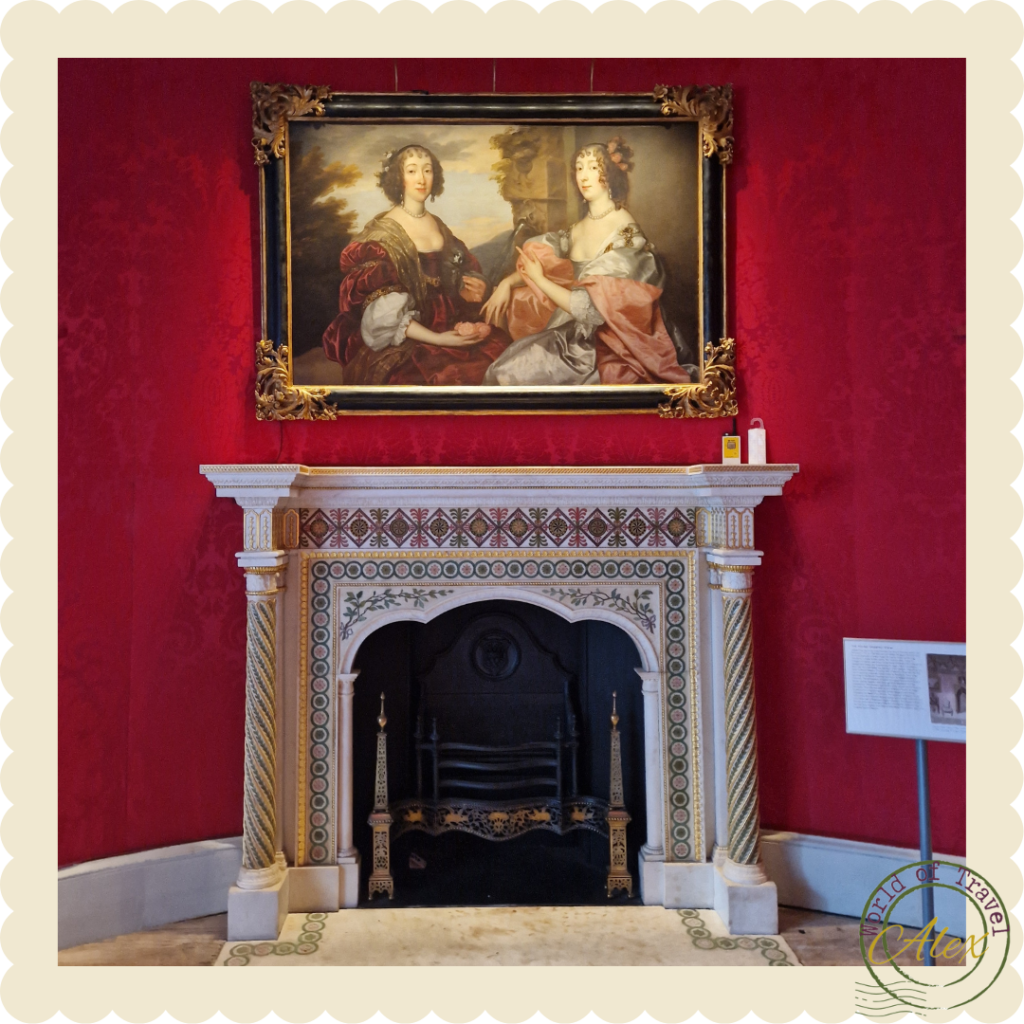
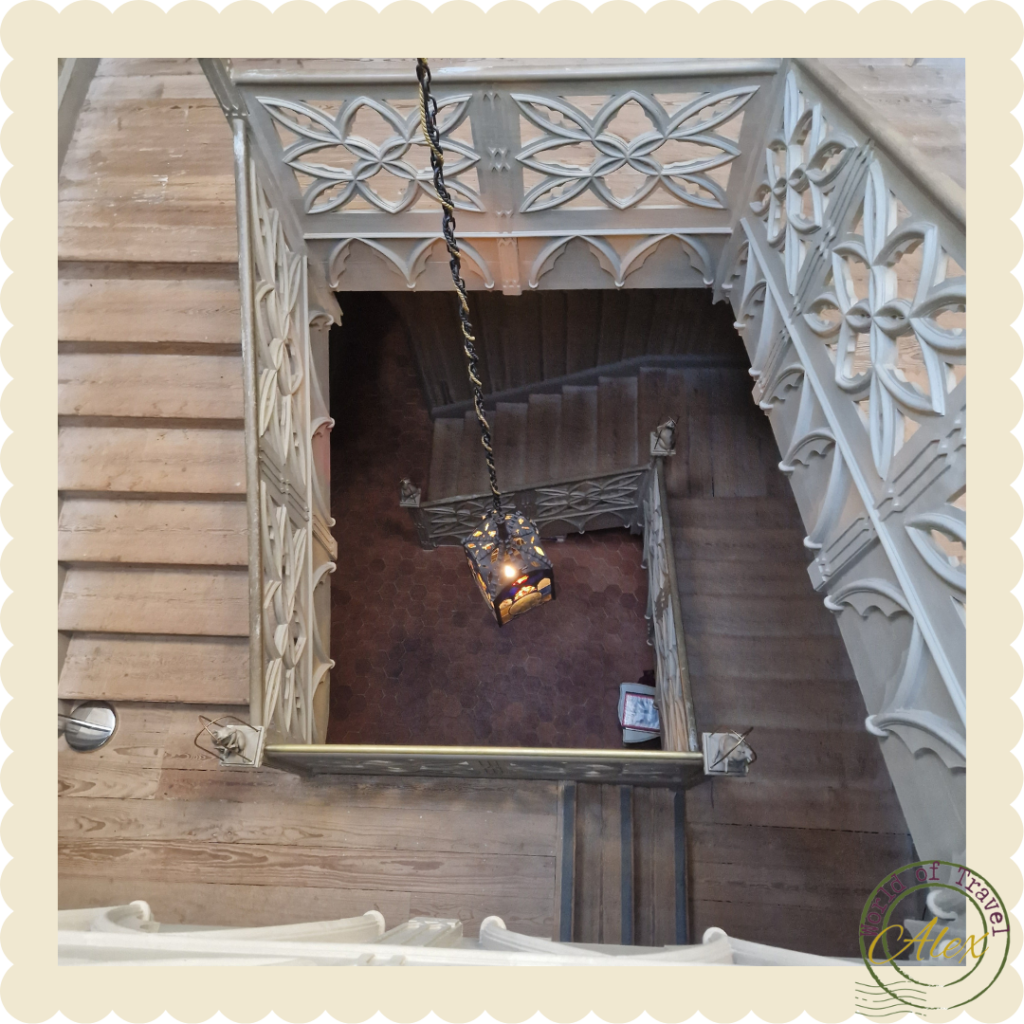
Architecture
Strawberry Hill House played a pivotal role in the rise of Gothic Revival architecture during the 18th and 19th centuries, drawing inspiration from European Gothic cathedrals. Designed largely by Walpole’s friends, known as the ‘Committee of Taste,’ including John Chute and Richard Bentley, the house’s features like chimney pieces, doors, and ceilings were influenced by gothic vaulting, medieval tombs, and rose windows. It was described as “all Gothicism, gold, and looking glass” by the poet Thomas Gray.
Gothic Revival is an architectural and artistic movement that revived medieval Gothic design elements from the 12th to the 16th centuries. It’s known for features like pointed arches, ornate carvings, and tall spires. This style aimed to evoke a romanticized past and was a reaction to neoclassical architecture. It had a significant impact on churches, government buildings, and universities in the 18th and 19th centuries.
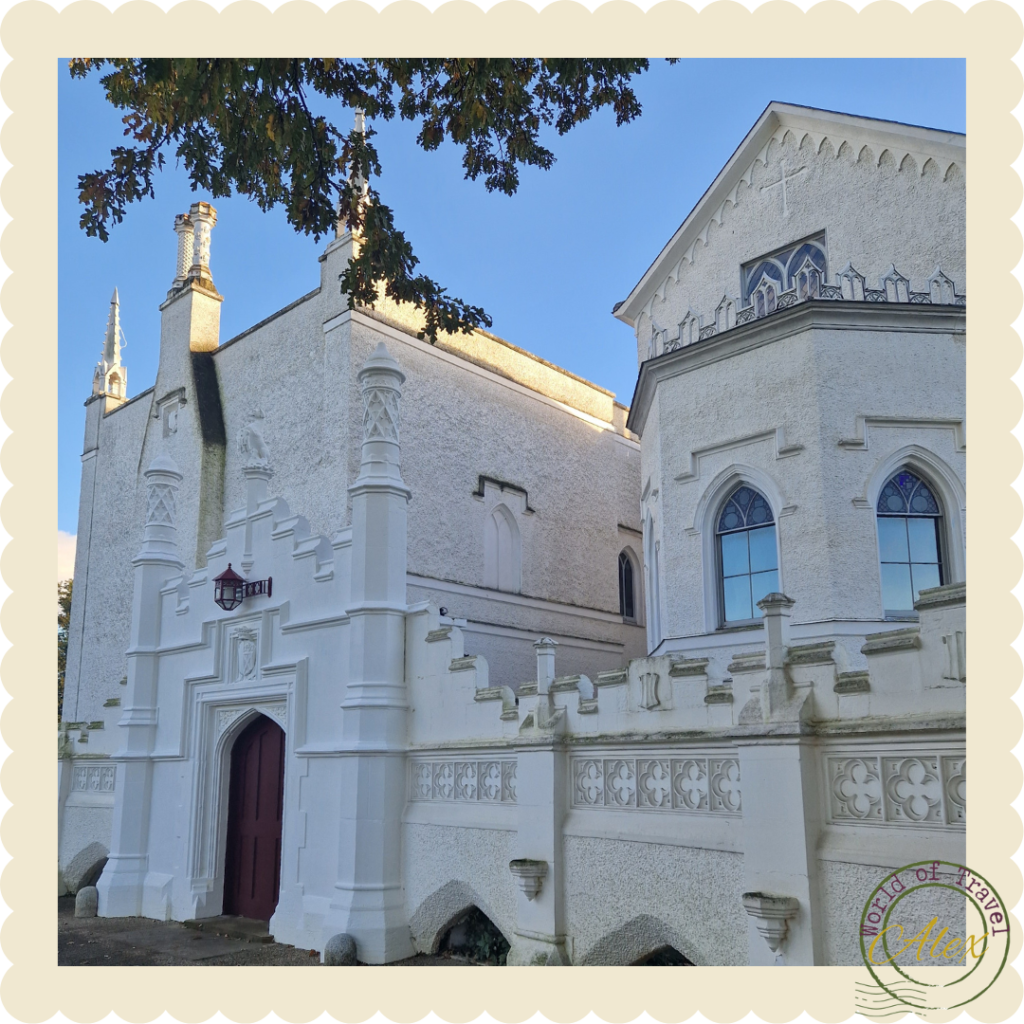
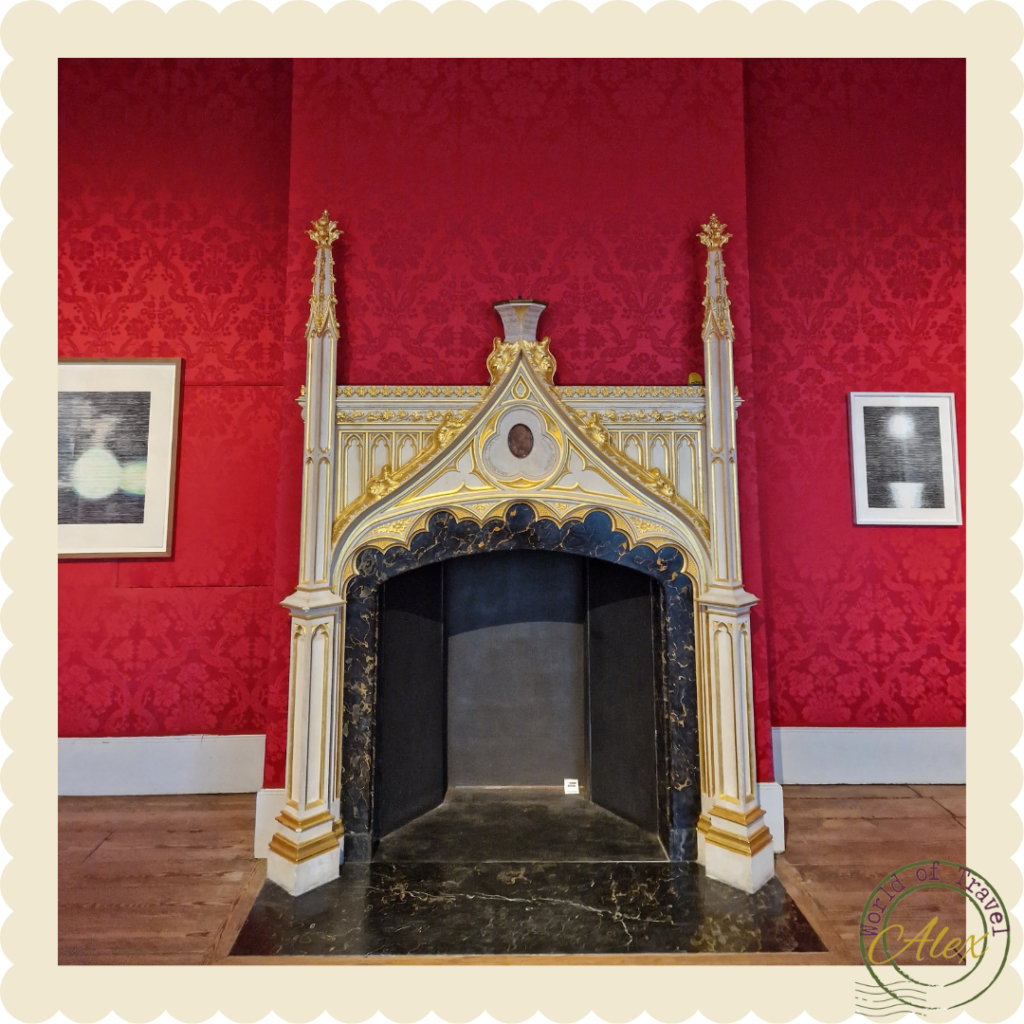
The Long Gallery
Horace Walpole’s Long Gallery at Strawberry Hill House was a breathtaking example of Gothic Revival architecture. He described it as “richer than the roof of paradise.”
The room featured a remarkable 57-foot vaulted ceiling with intricate papier-mâché Gothic fans, while the walls were adorned with crimson damask and mirrored embrasures, creating a space intended to astound and impress visitors. Walpole’s meticulous design aimed to capture the opulence and grandeur of the past in a contemporary setting, reflecting the essence of the Gothic Revival movement.

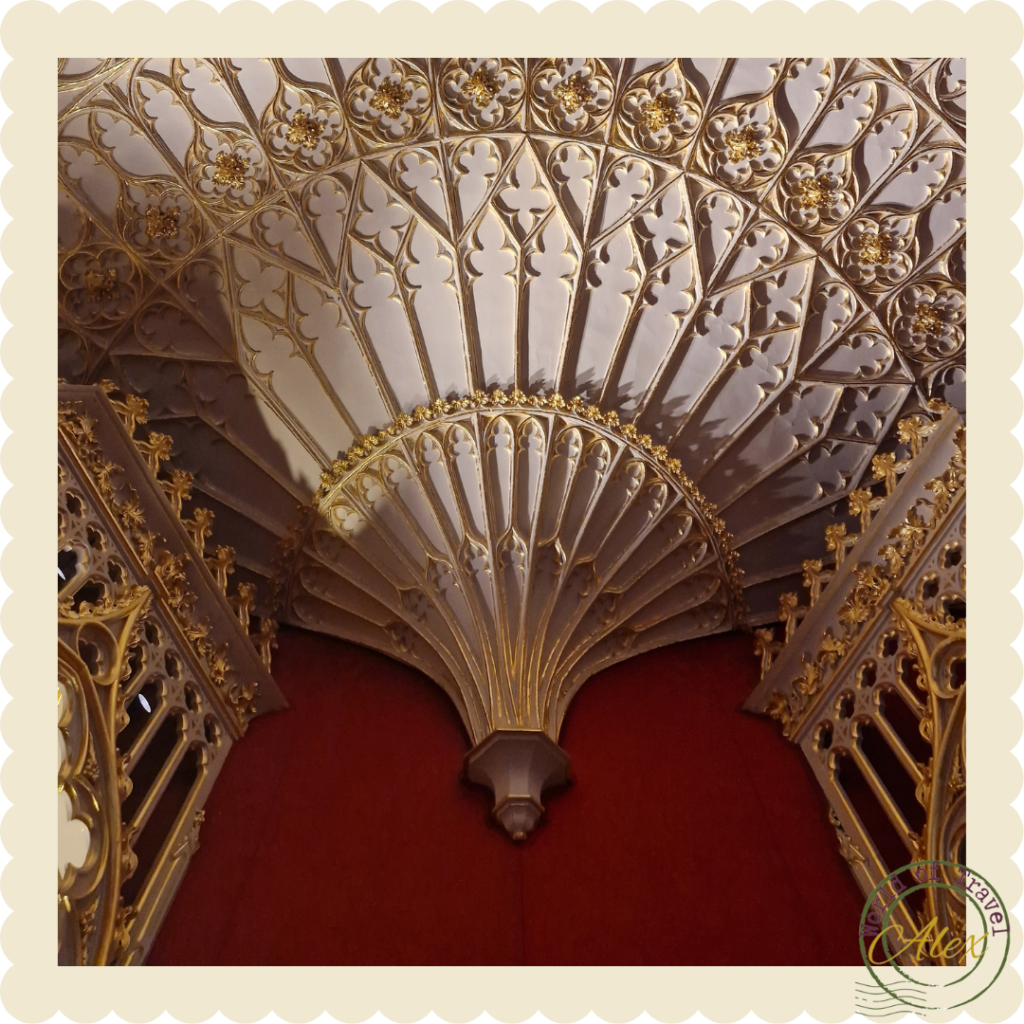
Horace Walpole
Horace Walpole, born in 1717, played a central role in 18th-century society, literature, art, and architecture. As the third son of Sir Robert Walpole, the first British Prime Minister, he was a man of many talents. He authored ‘The Castle of Otranto,’ considered the world’s first Gothic novel, and founded Strawberry Hill House, which housed a vast collection of treasures.
Educated at Eton College and King’s College, Cambridge, Horace had influential friends and received three sinecure positions thanks to his father, which provided him with the means to support his creative and social pursuits. He embarked on a Grand Tour from 1739-41, and the European influences from his travels can be seen in the design of Strawberry Hill House.
Throughout his life, Walpole was a prolific writer, leaving behind numerous works, including about 7,000 letters and an account of his collection in ‘A Description of the Villa of Horace Walpole.’ Inspired by a nightmare he had at Strawberry Hill House, he printed his seminal work, ‘The Castle of Otranto,’ on his private printing press in the estate’s grounds, marking the first such press in the country.
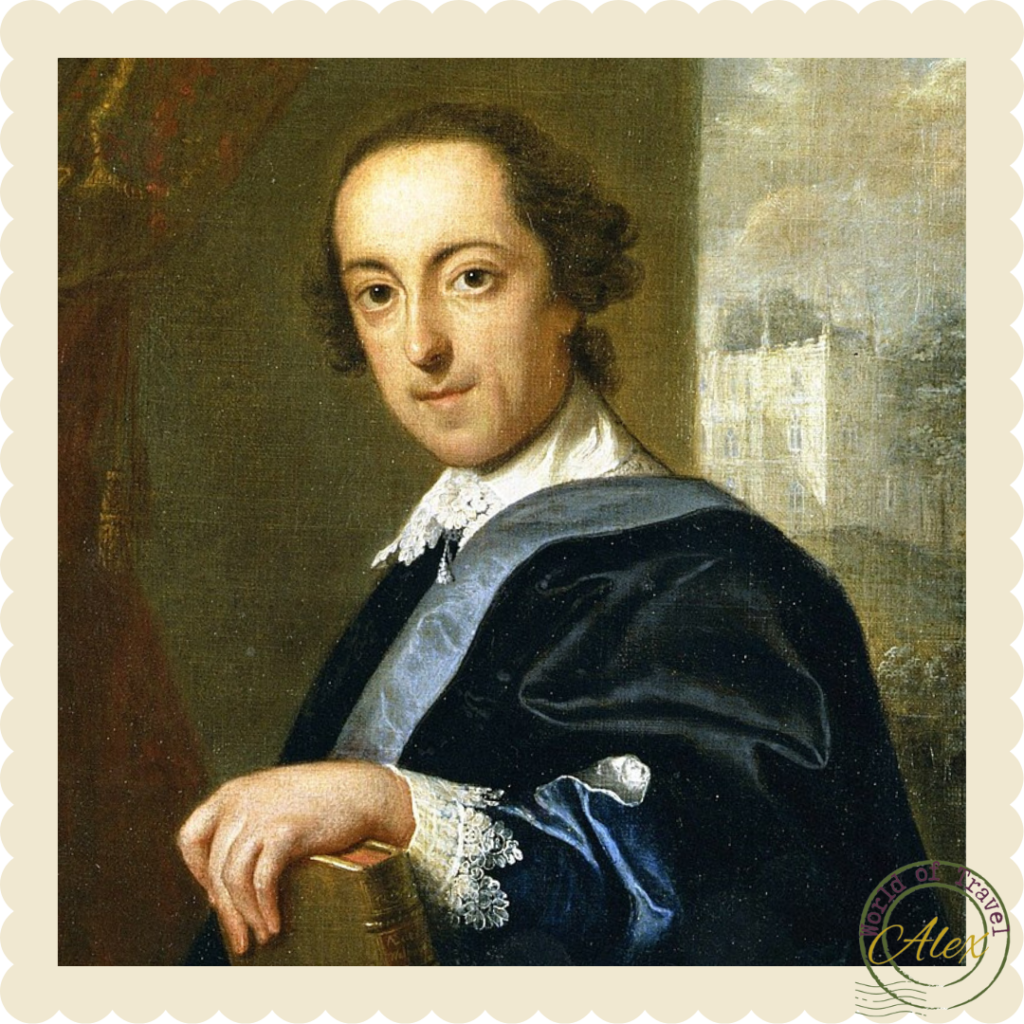
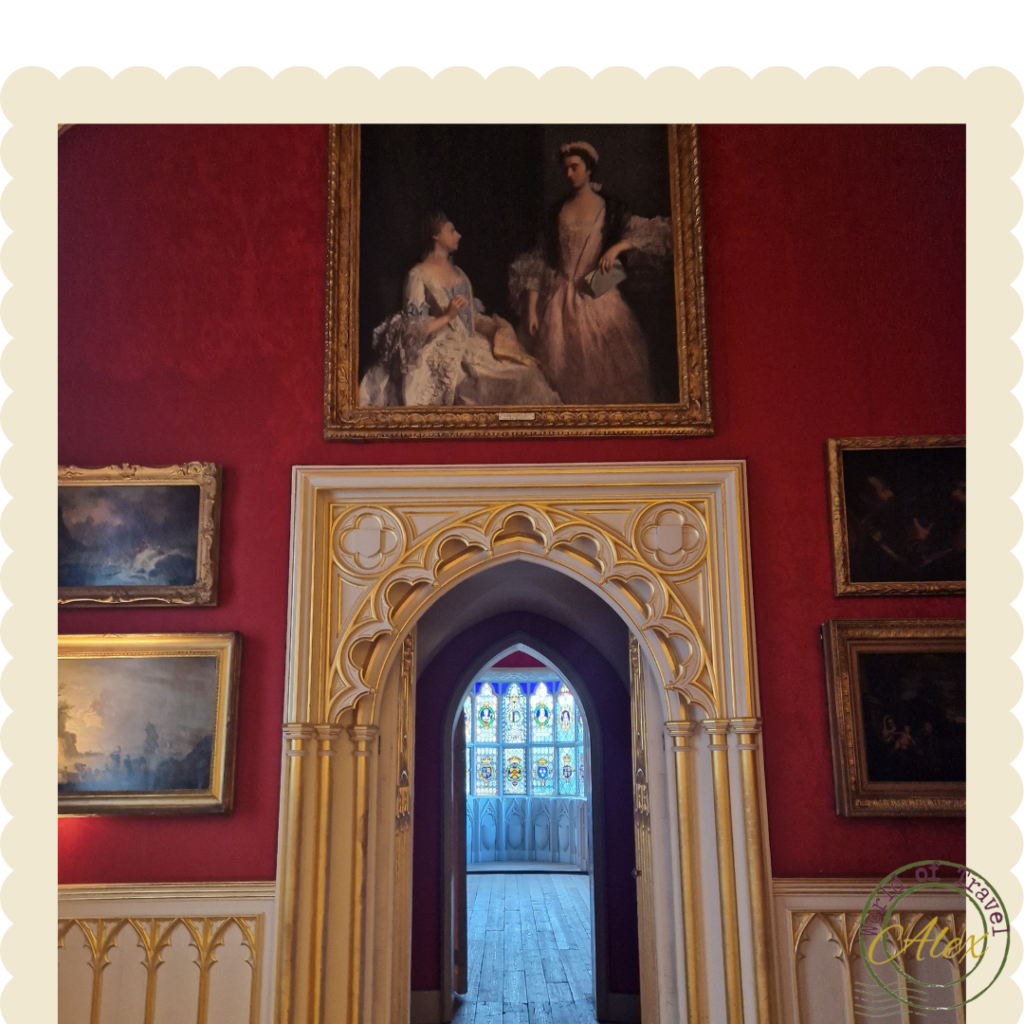

Restoration
Strawberry Hill House, one of the best-documented historic homes, underwent extensive restoration. Detailed records by its owner, Horace Walpole, were crucial for the project. Restoration work, beginning in 2006, aimed to return the 25 showrooms to their 1790s appearance when Walpole lived there. Roof repairs, parapet restoration, and exterior rendering were part of the effort.
The Great Tower and Renaissance glass required careful repair and restoration. A Discovery Room allows visitors to witness the restoration process, showcasing wallpaper layers, Lady Waldegrave’s bell system, and restored windows. Strawberry Hill House’s historical and architectural significance is well-preserved through this work.
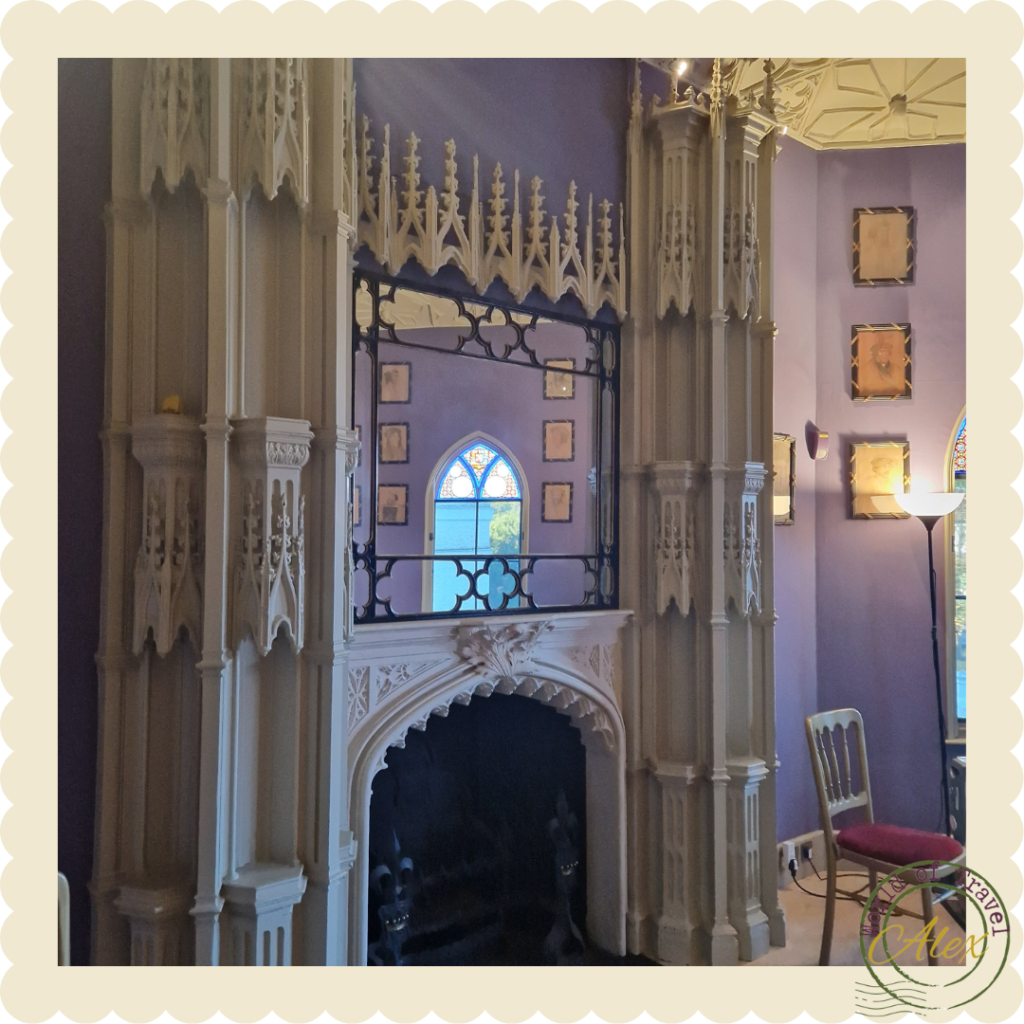
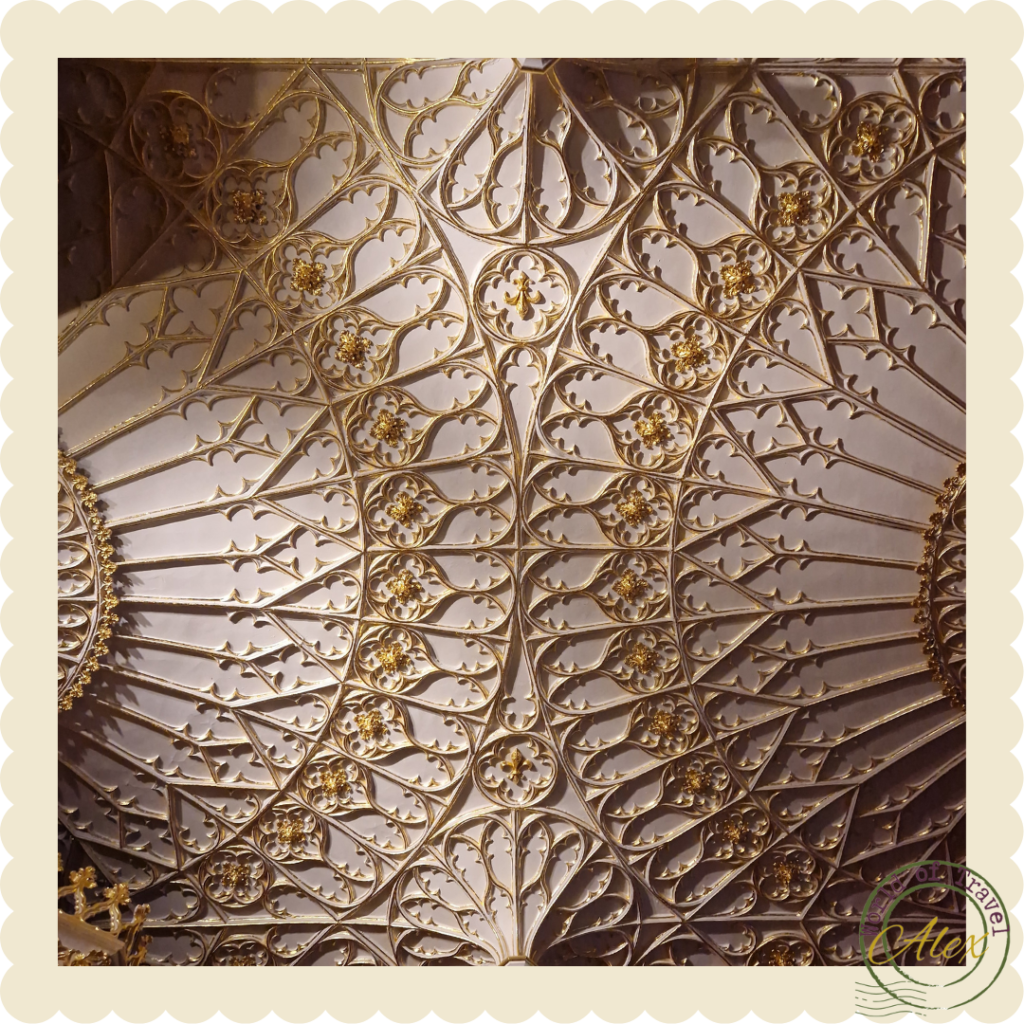
Accessibility and facilities
The ground floor of the house is accessible to all, and a lift provides access to most of the first-floor rooms. However, three rooms on the second floor—the Library, Horace Walpole’s Bedchamber, and the Plaid Bedchamber—are not wheelchair-accessible. To bridge this gap, the Strawberry Hill House app offers a virtual tour of all rooms.
Photography, both inside and outside the house, is permitted for non-commercial purposes, except for tripods and flash photography, which are not allowed.
Dogs, except for assistance dogs, are not allowed in the house and gardens. For visitors with young children, pushchairs can be left in the designated area near the Visitor Centre or in the foyer. It’s important to note that barbecues, ball games, bikes, and scooters are not allowed in the Garden due to its historic nature.
Strawberry Hill House also has a gift shop open during opening hours, offering a variety of books, souvenirs related to the house, and a selection of gifts. The Garden Café, situated in the Great Cloister with views of Horace Walpole’s 18th Century naturalistic garden.

Public transport
Train: To Strawberry Hill Station with SWR from London, then a 7min walk to the house.
Bus: Stop Strawberry Vale (SM), buss 33 to Fulwell stops just outside.
Opening times and admission
House & Shop:
Saturday – Wednesday, 11am – 4pm
Garden & Garden Café:
Saturday – Wednesday, 9am – 4pm
Garden only: Thursdays, 10am – 4pm


